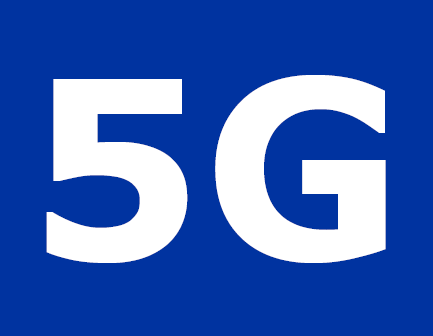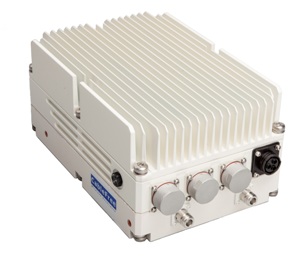n7: Introducing 5G NR Frequency Band

n7 is a frequency band designated by the 5G NR standard. Note that in 5G, the NR bands are defined with prefix of “n”. When the NR band is overlapping with the 4G LTE band, they share the same band number.
5G Band Name
2600
Duplex Mode
Uplink (MHz)
2500 to 2570 MHz
Downlink (MHz)
2620 to 2690 MHz
UL NR-ARFCN
500001 to 513999
DL NR-ARFCN
524001 to 537999
Duplex Spacing
120 MHz
Supported Channel Bandwidths
5 10 15 20 MHz
Summary:
In many countries, n7 (2600MHz), or commonly referred to as the 2.6 GHz 5G band, is a commonly tested and deployed 5G frequency. The n7 band’s popularity is due to its relatively common availability, already widely in use by 3G and 4G networks. Operators may “re-farm” existing 3G networks on these frequencies to re-purpose for 5G networks.
Key performance objectives of the 5G NR standard require large blocks of contiguous spectrum to operate large channel widths and hence offer users high capacity throughput. With spectrum a valuable resource, operators have to implement 5G NR on higher cellular bands.
n7 Coverage
n7 coverage is excellent in range and building penetration due to the propagation characteristics of these frequencies used, and improved by advanced processing techniques.
5G gNodeB Base Station Products supporting n7

CableFree Emerald 5G NR gNodeB (gNB) Base Stations are available in versions supporting n7. These base stations are available in various versions:
- Macro Cell configuration with 3 or 6 sectors per base site
- Small Cell configuration with 1 or 2 sectors per Small Cell unit
- Choice of 2×2 or 4×4 MIMO
- 5G-NSA with integrated 4G LTE eNodeB
For More Information
For further information on the range of CableFree wireless networking products:
Please Contact Us

You must be logged in to post a comment.